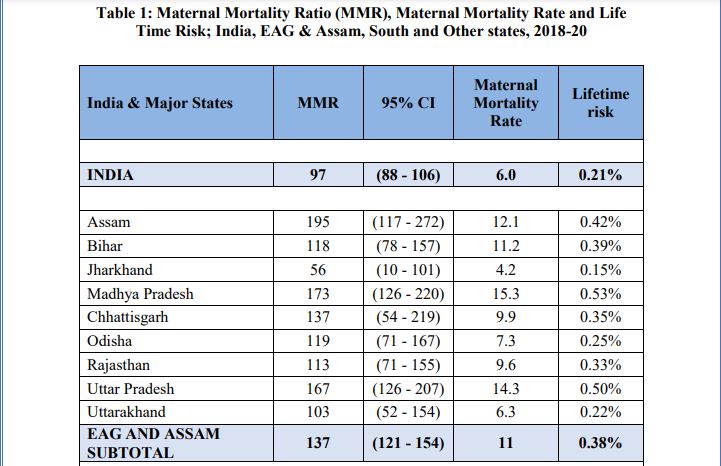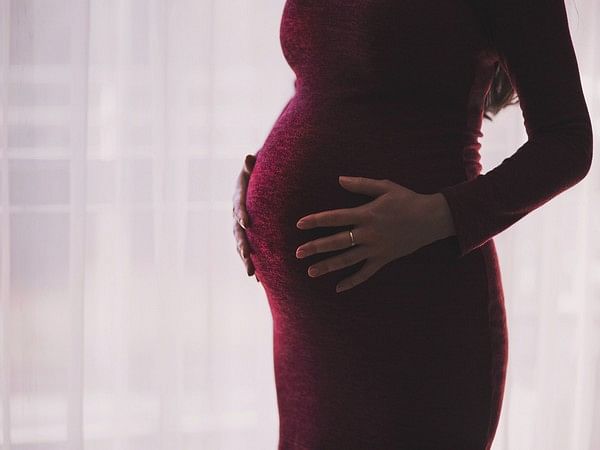New Delhi [India], November 29 (ANI): Continuing the declining trend, India’s Maternal Mortality Ratio (MMR) for the year 2018-20 remained at 97, according to the data released by the Office of the Registrar General under the Ministry of Home Affairs.
Maternal mortality in a region is a measure of the reproductive health of women in the area.
Many women in reproductive age-span die due to complications during and following pregnancy and childbirth or abortion.
As per World Health Organization, “Maternal death is the death of a woman while pregnant or within 42 days of termination of pregnancy, irrespective of the duration and site of the pregnancy, from any cause related to or aggravated by the pregnancy or its management but not from accidental or incidental causes.”
The Maternal Mortality Ratio in India has declined over the years to 97 in 2018-20 from 103 in 2017-19 and 130 in 2014-2016.
One of the key indicators of maternal mortality is the Maternal Mortality Ratio (MMR) which is defined as the number of maternal deaths during a given time period per 100,000 live births during the same time period. Target 3.1 of Sustainable Development Goals (SDG) set by the United Nations aims at reducing the global maternal mortality ratio to less than 70 per 100,000 live births.

Among the states, Assam recorded the highest MMR at 195 followed by Madhya Pradesh (173) and Uttar Pradesh (167).

Maternal Mortality Ratio (MMR): This is derived as the proportion of maternal deaths per 1,00,000 live births, reported under the Sample Registration System (SRS).
Maternal Mortality Rate: This is calculated as maternal deaths of women in the ages 15-49 per lakh of women in that age group, reported under SRS.

The lifetime risk is defined as the probability that at least one woman of reproductive age (15-49 years) will die due to childbirth or puerperium assuming that chance of death is uniformly distributed across the entire reproductive span. (ANI)
This report is auto-generated from ANI news service. ThePrint holds no responsibility for its content.







